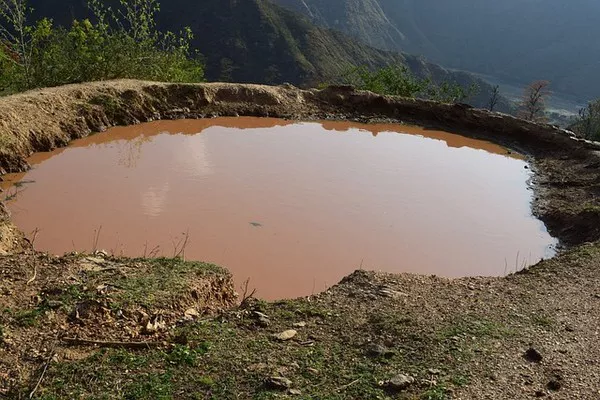Wastewater treatment is a crucial process for preserving environmental health and ensuring the safety of water resources. However, implementing an effective treatment system involves various components and considerations, all of which contribute to its overall cost. In this article, we delve into the intricacies of wastewater treatment costs, exploring the components of a treatment system, factors influencing costs, planning considerations, and the average cost of establishing and maintaining a wastewater treatment plant.
1. Components of a Wastewater Treatment System
A wastewater treatment system comprises several essential parts. Understanding each component is vital before planning and constructing a system:
Pretreatment:
Pretreatment is the initial stage of wastewater treatment, primarily focusing on removing large solid particles such as tree limbs, plastics, and coffee grounds from the wastewater stream. The total cost per gallon for pretreatment depends on the initial particle contamination and the method employed for removal.
Primary Treatment:
Following pretreatment, primary treatment addresses other pollutants beyond solid particles. This stage involves various methods tailored to specific pollutants and cleanliness goals. Primary treatment processes may include sedimentation, flotation, and physical or chemical coagulation.
Secondary Treatment:
Secondary treatment is a biological process that further breaks down remaining pollutants in the wastewater using microorganisms. This stage can be conducted in various environments, including anoxic, anaerobic, or aerobic conditions, depending on the presence of oxygen molecules necessary for microbial activity.
Tertiary Treatment:
Tertiary treatment is an advanced stage of wastewater treatment that involves additional filtration to achieve the highest levels of water purity. Industries with stringent discharge standards, such as pharmaceuticals and food manufacturing, often implement tertiary treatments to ensure compliance with environmental regulations.
2. Factors Influencing Wastewater Treatment Costs
Several factors impact the cost of a wastewater treatment system:
a. Quality of Effluent and Regulatory Limits:
The contaminants present in the plant’s effluent determine the required treatment equipment and processes. Compliance with local discharge limits is critical to avoid fines and penalties, which can significantly impact overall operating costs.
b. Water Volume and Flow Rate:
The amount of water processed per day, often measured in peak gallons per minute, affects system design and cost. Higher water volumes and flow rates may necessitate larger treatment facilities and more robust equipment, leading to increased capital and operational expenses.
c. Automation Level:
The level of automation in a wastewater treatment system can significantly influence costs. While increased automation may require additional initial investment, it can enhance operational efficiency, reduce labor costs, and minimize the risk of human error in process control and monitoring.
3. Planning Considerations
Early planning is essential for the successful implementation of a wastewater treatment system and involves understanding industry standards, regulations, and site-specific requirements:
Site Selection:
Choosing an appropriate location for the wastewater treatment plant is crucial. Factors such as proximity to water sources, population centers, and regulatory constraints must be considered during site selection to minimize environmental impact and ensure compliance with local regulations.
Target Purity:
Determining the desired level of water purity is fundamental to designing an effective treatment system. Factors such as the initial quality of wastewater, discharge standards, and the intended reuse of treated water can influence treatment processes and overall costs.
4. Average Cost of a Wastewater Treatment Plant
The cost of establishing and maintaining a wastewater treatment plant can vary significantly depending on factors such as plant capacity, treatment technology, and site-specific requirements. However, here are some average costs associated with different types of treatment systems:
Installation Costs:
Aerated wastewater treatment system (surface disbursement): $11,000 – $15,000.
Aerated wastewater treatment system (subsurface disbursement): $13,000 – $16,000.
Running Costs:
Gravity-fed aerated wastewater system: Approximately $1,000 per annum over 15 years.
Conclusion
Wastewater treatment is a complex process that requires careful consideration of various factors to ensure effectiveness, compliance with regulations, and cost-efficiency. By understanding the components of a treatment system, factors influencing costs, and key planning considerations, stakeholders can make informed decisions to design and implement sustainable wastewater treatment solutions. While the initial investment in wastewater treatment infrastructure may seem significant, the long-term benefits of protecting public health and the environment far outweigh the costs.

